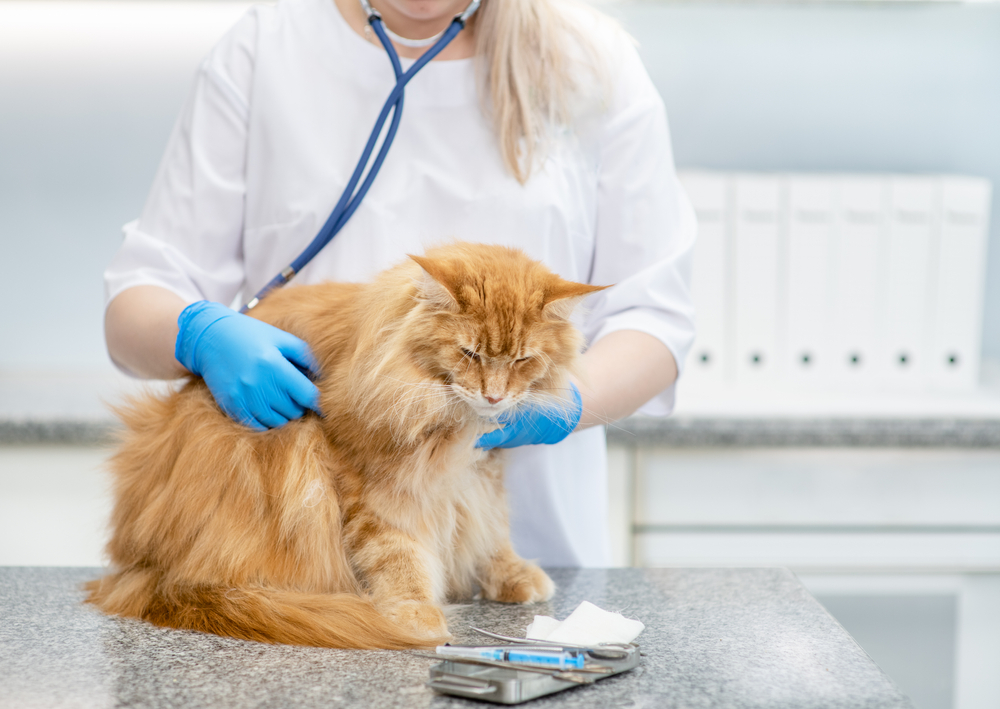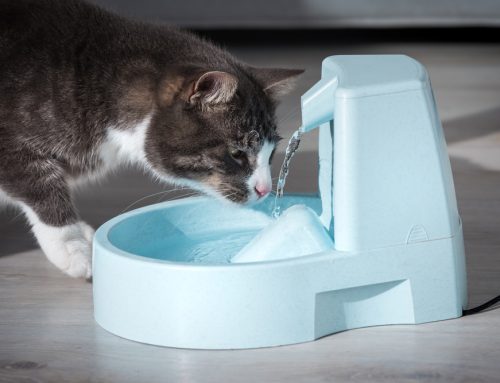A pet owner has many responsibilities, and one of the most difficult is regular assessment of your pet’s quality of life (QOL) as they age. Many pet owners don’t know where to start, but a QOL scale can help in objectively identifying signs of pain and suffering in your pet. Our team at WesVet Animal Hospital understands that this can be a challenge, so we’ve put together a do’s and don’ts list the help you assess your senior pet’s QOL.
DO determine what a quality life looks like for your pet
Defining what QOL means to you and your pet is a personal process. While seeking others’ guidance can be helpful, you know your pet best, and you are the expert on knowing your pet’s needs for a good quality life. To get started, list your pet’s unique likes and dislikes.
- Do they love to play fetch or go for hikes?
- Do they thrive in social settings or prefer the safety of home?
- What are your pet’s physical signs when they are happy, nervous, or uncomfortable?
Next, consider your feelings about QOL and your ability to provide the care required by your deteriorating pet. For example:
- If your pet were to lose all their mobility, would you be able and willing to lift and carry them?
- Can you cover any necessary costly veterinary care and ongoing pain management for your pet?
- Will you have time to commit to your ailing pet’s care along with all your other responsibilities?
These questions may make you feel guilty—because, of course, you want to do everything you can to support your pet—but you need to be honest about your limitations and your ability to provide your pet with the level of care they may require to maintain their QOL.
DO use a quality-of-life scale to monitor your pet
A quality of life scale is a tool that can help you objectively measure the factors that contribute to your pet’s comfort and wellbeing. These factors consist of key elements that make life survivable, comfortable, and enjoyable for your pet and add up to their QOL. The HHHHHMM scale stands for seven criteria—hurt, hunger, hydration, hygiene, happiness, mobility, and more good days than bad days—that are each scored on a 0 to 10 scale, and the total score provides you with a clearer picture of your pet’s health and wellbeing.
DON’T miss your pet’s pain signs
Pets not only cannot tell you when they are hurting, but also instinctively hide their pain. Initial pain signs can be subtle, so monitoring your pet’s behavior over time and watching for slight behavioral changes that may indicate your pet is hurting is extremely important. As your pet’s pain increases, they may exhibit the following behaviors:
- Lameness or limping
- Reluctance to walk, sit, or jump
- Increased irritability
- Difficulty using stairs
- Restlessness
- Appetite loss
- Body posture changes
- Excessive licking of one body area
If you see any of these behaviors in your senior pet, schedule an appointment with our WesVet Animal Hospital team, so we can determine the cause, and relieve your pet’s pain.
DO ensure your pet receives adequate nutrition
A decreased appetite is often a sign of an underlying health problem and can lead to a decrease in energy, weight loss, and weakness in your senior pet. Assess your senior pet’s eating habits with these questions:
- Are they getting their daily nutrients?
- Are they able to feed themselves?
- Will they eat from your hand?
- Do they need a feeding tube?
When your pet loses all interest in food or is in too much pain to eat, they cannot take in enough nutrition to maintain bodily processes, and their QOL will suffer.
DON’T let your pet become dehydrated
Adequate hydration is essential to a pet’s health and wellbeing. Assess your pet’s fluid intake by asking:
- Are they able to drink enough water throughout the day?
- Can they hold down water without vomiting?
- Are you able to administer subcutaneous fluids if they are not drinking enough?
DO assess your pet’s hygiene habits
Hygiene is defined as the ability to keep clean and tidy, and is an indicator of a pet’s overall health. Observe your pet’s hygiene habits and appearance with these questions:
- Is your pet able to groom appropriately?
- Can you properly groom your pet, especially after they eliminate?
- Can you keep your pet parasite free?
- Can you clean their wounds?

DON’T forget your pet’s overall happiness
No one knows your pet better than you do. Ask yourself:
- Does your pet appear happy, and do they still enjoy their favorite activities?
- Do they interact with your family, or hide from people?
- Can they physically participate in the activities they enjoy?
DO help your pet maintain mobility
A pet’s mobility often decreases with age or when they have health complications. Questions to consider include:
- Can your pet move without assistance?
- Are you able to assist your pet, if needed?
- Can you change your pet’s position as often as necessary to prevent bedsores?
DON’T let your pet’s bad days outnumber the good days
You should consider all aspects of your pet’s health when assessing their QOL, and they likely are suffering when your see that their bad days outnumber their good ones.
DO reach out to our team for support
We are here to answer your questions and help you assess your senior pet’s QOL. We recommend that senior pets be examined by our veterinary team twice-yearly, so, contact our WesVet Animal Hospital team to schedule an appointment, or if you need QOL resources and support.







Leave A Comment